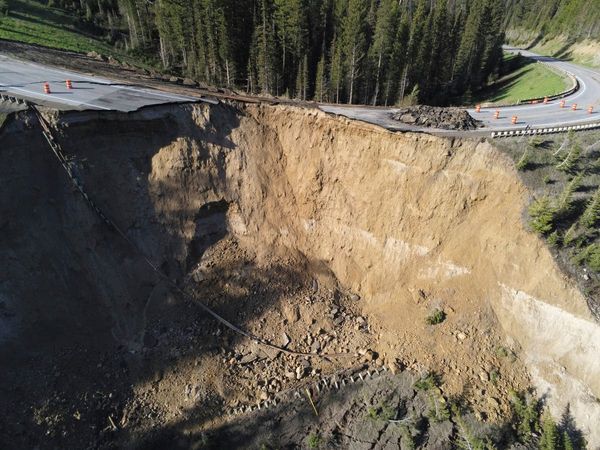
Clematis are hugely popular flowering climbers, renowned for producing masses of attractive blooms. Clematis montana, seen in the image above, is a favorite species of many gardeners, myself included, with a bounty of pale pink flowers blooming in the springtime.
While clematis plants can be left alone to climb and vine over garden fences, trellises and walls, without regular pruning they become unkept and messy, with long woody stems producing flowers where you might not want them. Knowing how to prune clematis and when to cut back clematis is vital for maintaining a bushy, healthy climber.
So, if your flowering climbers look like they need some help, fear not, there are pruning methods that can help gardeners revive woody clematis plants. Here, clematis growers and experts have shared their advice so that your climbers can thrive and continue blooming for many years to come.
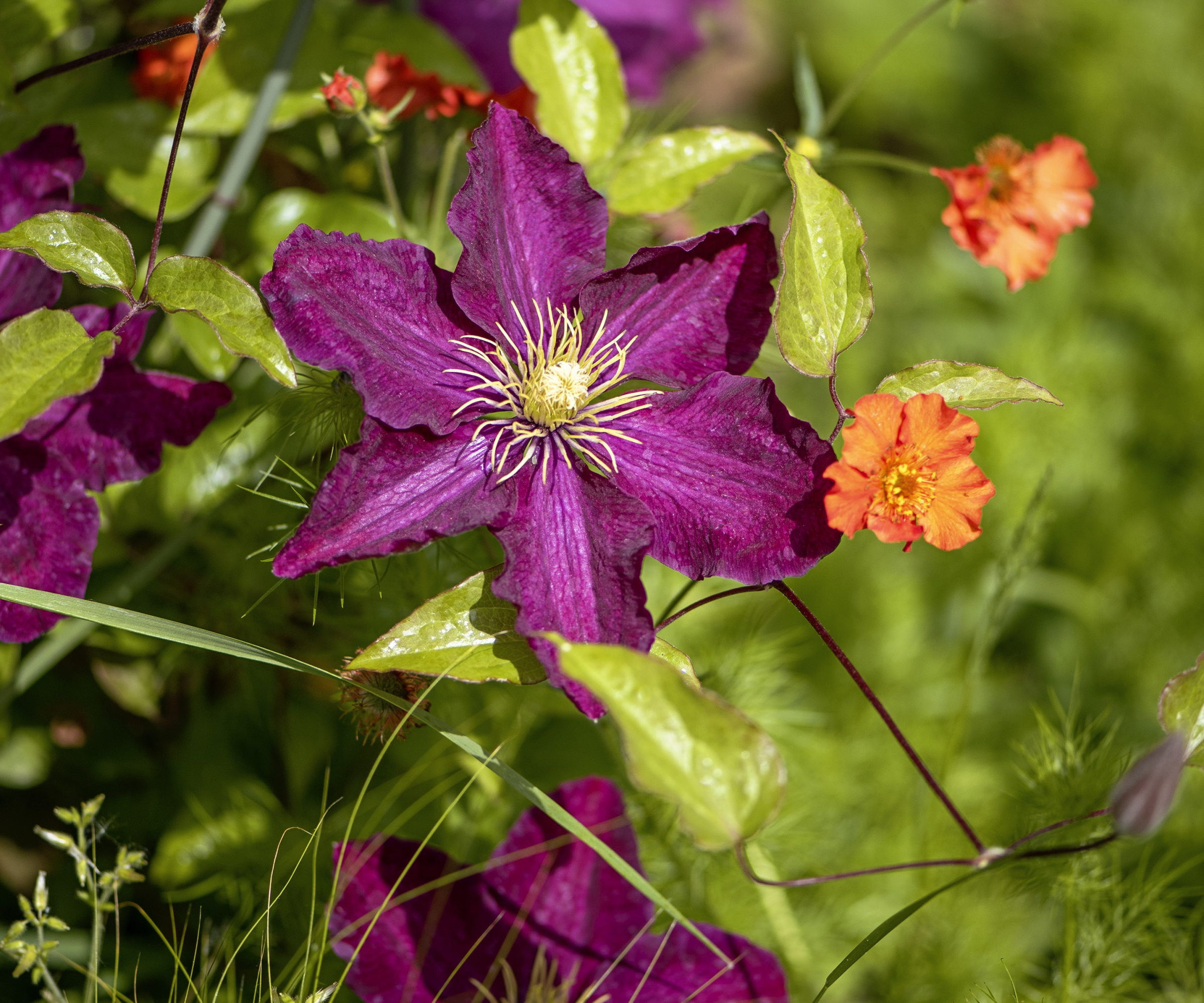
How to revive woody clematis plants
Knowing how to grow clematis is important for nurturing healthy and long-lasting climbing plants that look good year after year. If you have a clematis that looks old, tired and woody, it can be saved, and with the right pruning approach, your clematis will once again appear bushy, healthy and full of blooms.
However, before you reach for the pruning shears, it is crucial to know which clematis type you are growing, as there are different methods employed when handling different clematis species.
Understanding clematis types before pruning
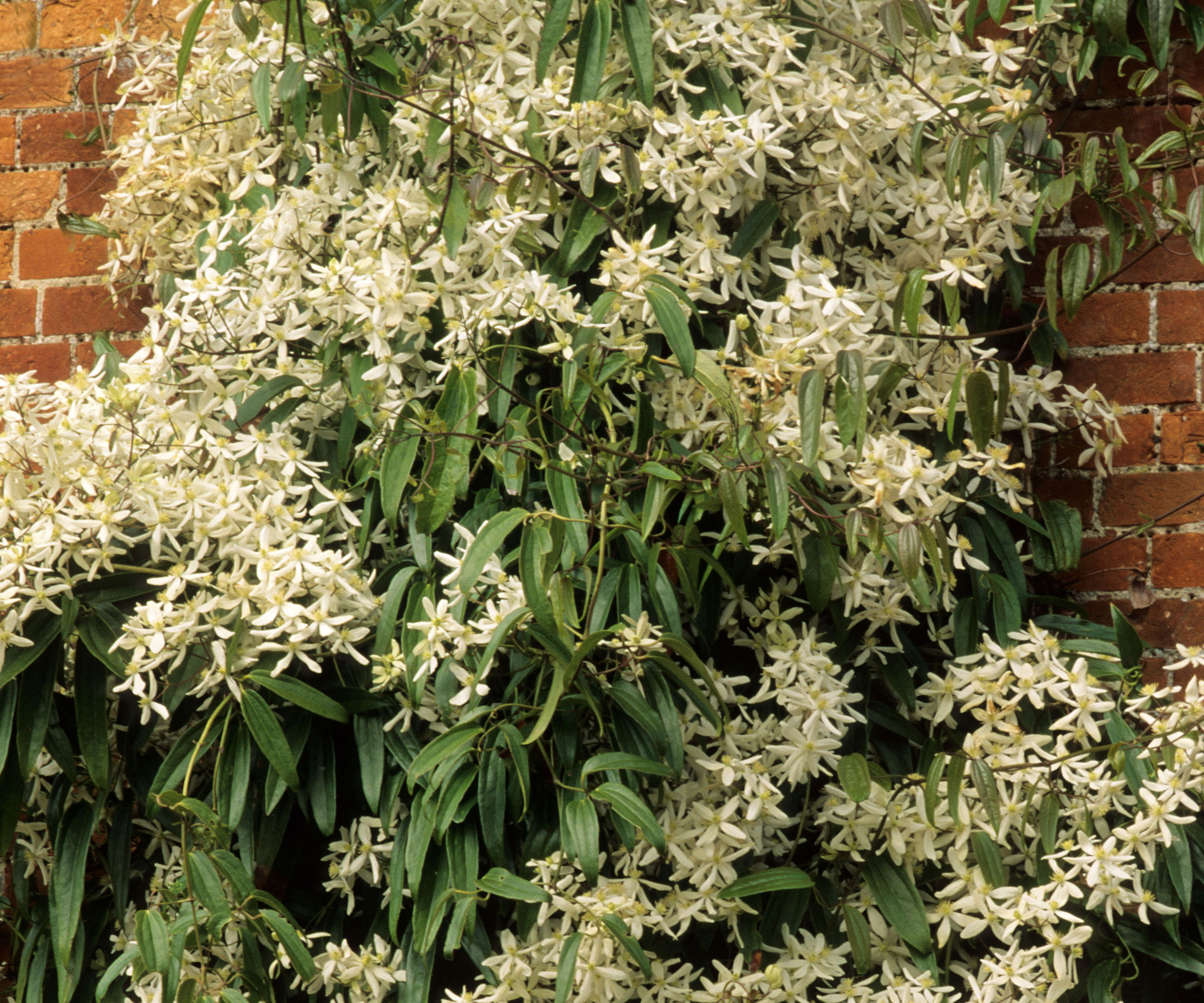
There are 3 types of clematis plants, and identifying what type you are growing will help to determine the pruning approach:
Type 1 clematis are early-flowering climbers, blooming in late winter and spring on the previous year’s growth. The evergreen Clematis armandii - often considered one of the best evergreen climbers - and the ever-popular Clematis montana are both in this group.
Type 2 clematis are large-flowered hybrids that are most recognizable, producing large show-stopping blooms in spring and summer on last year’s growth. Popular hybrids such as Clematis 'Nelly Moser' are found in this group.
Type 3 clematis are later-flowering plants that produce blooms on the current year's growth. Species including Clematis viticella and Clematis jackmanii are found in this group, but it should be easy to identify these later flowering plants.
When to prune woody clematis plants
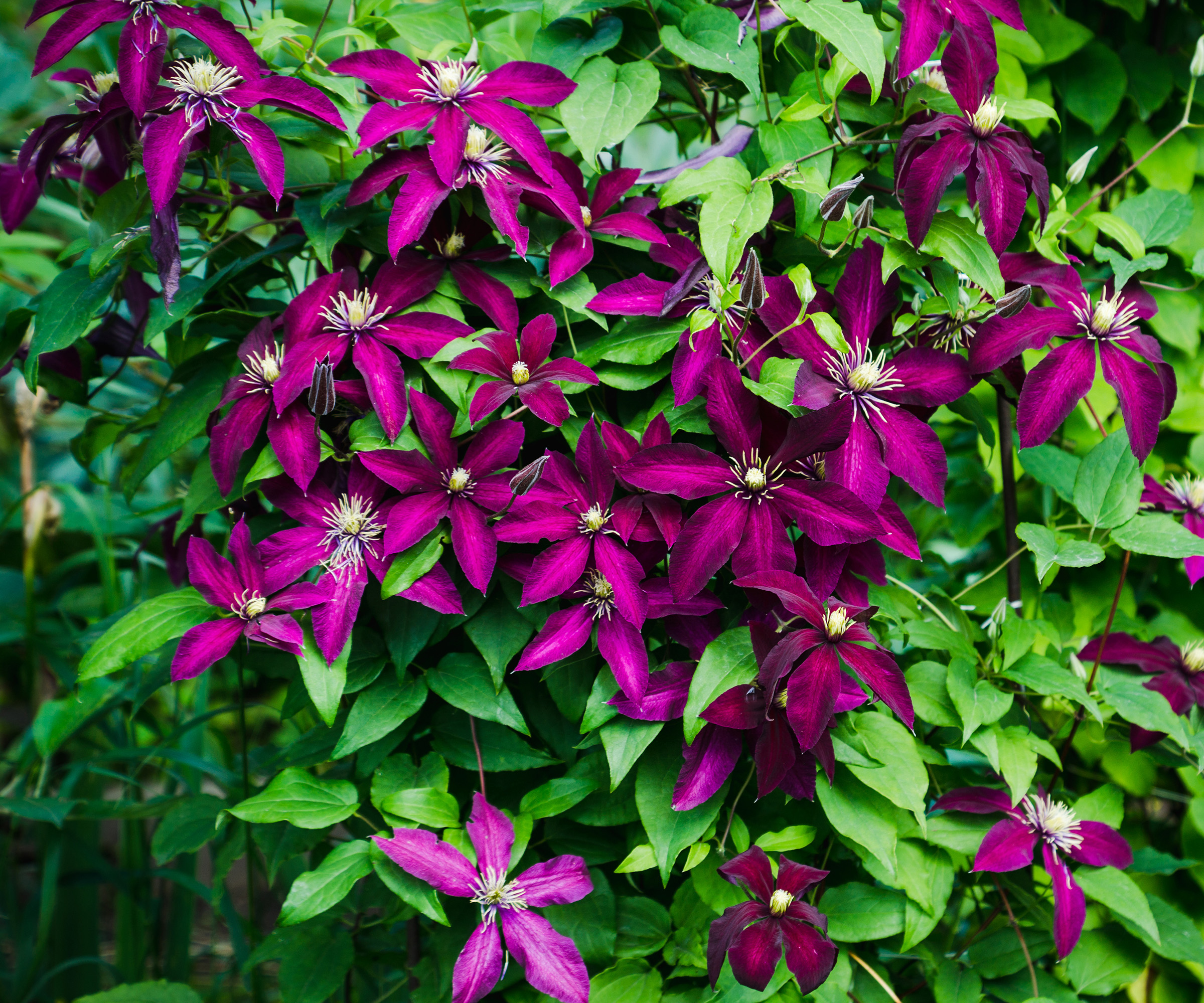
'How woody a clematis gets is very much a function of genetics and the clematis type/group that it belongs to,' says Linda Beutler, clematis expert and curator at the Rogerson Clematis Garden.
'Type 1 clematis, including the evergreen Clematis armandii - ideal for those seeking winter climber ideas - and the larger forms such as Clematis montana, do tend to form woody bases quickly,' Linda continues. 'If that offends you, either plant shorter leafier clematis to cover the woody stems, or bite the bullet and hard prune these big-growing clematis down to 2 to 3 tall every 3 to 5 years to encourage basal shoots.'
Linda recommends pruning woody type 1 clematis after they finish flowering, which is typically around May or early June.
Large-flowered woody clematis plants that have single or double flowers, such as Clematis 'Nelly Moser', can be pruned anytime in the spring. 'Prune as much or as little as you want,' Linda says. 'The harder you prune, and the later in spring you prune, the later your plant will flower.' So, adjust the timing, based on what you want to achieve and when you want your plant to bloom.
Type 3 clematis are late-flowering, and are best pruned back hard in late winter to a node or bud towards the base of the plant. Type 3 clematis will look messy and tangled if unpruned, and after a few years, long woody stems with no flowers will result.
This is a large and late-flowering clematis, producing wonderful purple blooms. Jackman Superba Clematis, Clematis 'Jackmanii Superba', is a type 3 clematis and clambers high to create a bower of dark purple blooms from June through the first frost.
How to prune woody clematis plants
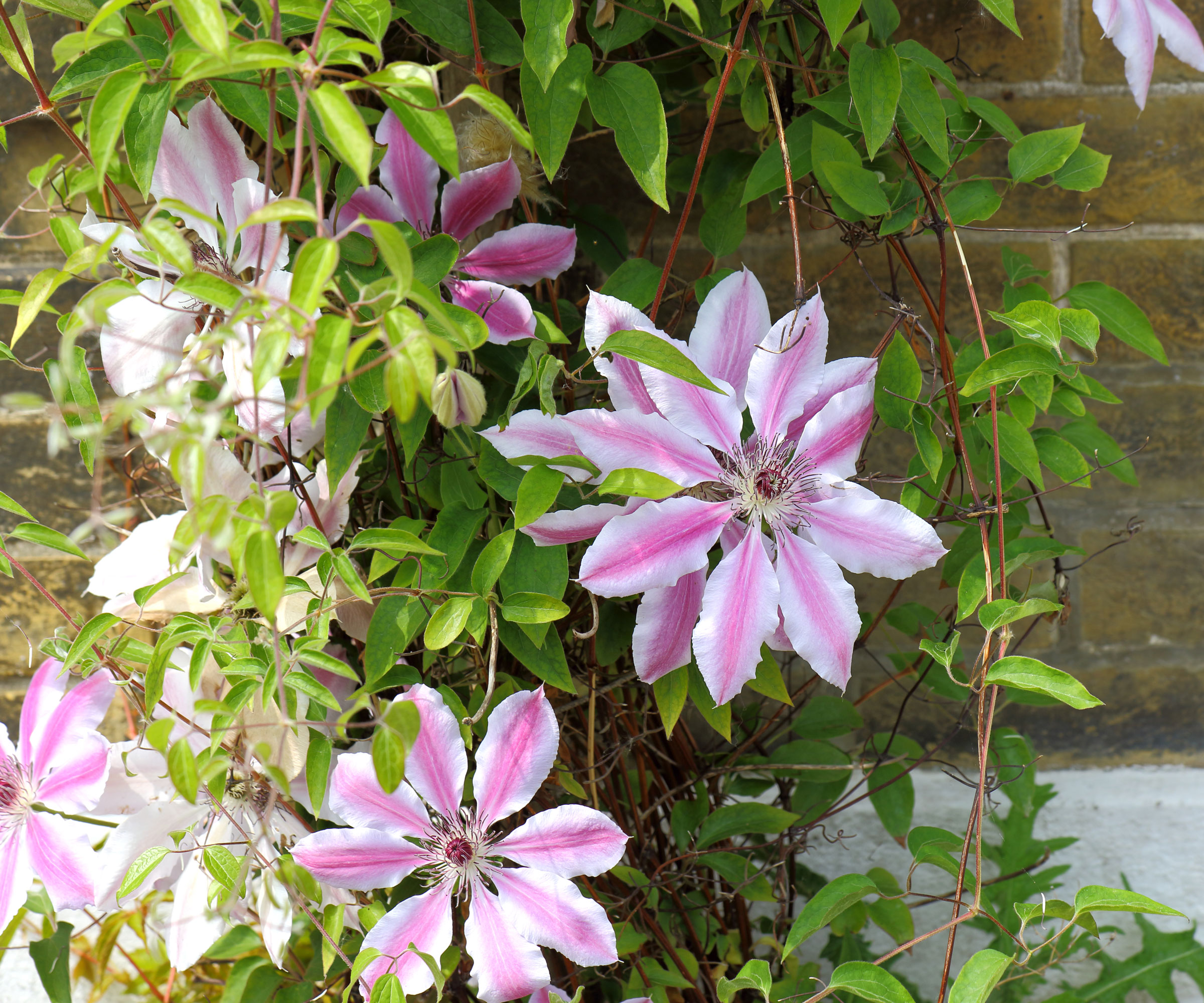
Once you have identified your clematis type, and know the right time to prune, make a plan for how severe you want the pruning to be, which will depend on how woody and messy your clematis is.
'It is essential to give woody clematis plants a haircut,' says Cindy Tibbetts, plant expert and owner of Hummingbird Farm Nurseries. 'I would tend to suggest making this a two-year project,' Cindy adds, 'cutting half the plant back one year and the other half the second year.'
Doing so will mean that you can enjoy some flowers while the plant regrows. 'It is also important to make sure your plant has proper fertilization and plenty of water so it can regrow and flower with vigor,' Cindy adds.
Step one: Using clean, sharp tools, such as these Felco pruning shears available from Walmart, decide which woody clematis stems you are going to prune.
Step two: Begin by removing any dead, damaged, or diseased stems first so that you are left with stems that have foliage and flowers at the very end of woody growth from previous years.
Step three: Following this, you can prune the remainder of the woody plant. Identify where you want to cut on each stem, typically above a leaf node or shoot, as close to the base as possible. While it might seem severe, cutting back to 3 or 4 feet can help to rejuvenate your climber.
Step four: If necessary, tie any remaining stems in place using twine, to direct your pruned climber where you want it to grow, or consider some alternative climbing plant support ideas, to allow your plants to grow upwards and show off.
Old, significantly woody plants can be rejuvenated by cutting almost to the ground after flowering in the spring, once the risk of frost has passed. However, I would recommend only doing this as a last resort, and in the knowledge that while your clematis might regrow from the base, such a severe pruning exercise does pose risks and your plant might not recover.
FAQs
When is the best time to prune a large, woody Clematis montana?
Clematis montana has a prolific amount of blooms that emerge in spring. Fortunately, for those gardeners with old, messy or woody Clematis montana plants, the best approach is to wait until after flowering, usually around May or June, before cutting back. To encourage healthy new basal growth, prune back to buds and nodes as close to the base of the plant as possible.
Woody clematis plants can be revitalized, and with the right pruning approach, your climbers will begin to produce new growth from the base of the plant once again. If you want to add to your clematis collection this year, consider our guide on some of the best clematis varieties, with vibrant colors and showy blooms sure to add impact to any yard.
